(香港節日派對全攻略:場地、美食、活動一次睇晒) Holiday Party Prep in Hong Kong: Tips, Foods, and Activities to Make Your Celebration Unforgettable

The holidays are approaching fast — and if you’re hosting a festive gathering in Hong Kong, you’ve got a unique backdrop: shimmering city lights, tropical breezes (yes, even in December), and an audience that expects something special. So let’s skip the fluff and get straight to what you need: smart planning, mouth-watering food, and engaging activities that elevate rather than repeat what everyone else is doing.
Here’s your roadmap to hosting a holiday party in Hong Kong that people will still talk about well into January.
1. Setting the Scene: Location, Guest List & Vibe
Choose the right location
Hong Kong has amazing venues, from rooftop terraces overlooking Victoria Harbour to stylish co-working lounges or private dining rooms. But at the end of the day, the location must match your vibe:
- Intimate dinner for 12? A private kitchen space might be perfect.
- Larger crowd (30 – 50)? Think semi-outdoor terrace, or a multipurpose event hall with good ventilation and ambience.
- Want something memorable and different? Consider combining venue + cooking class to turn guests into participants (more on that later).
Define your guest list & flow
- Make sure you know who’s coming: colleagues? clients? friends and family? That influences everything: menu, seating, tone.
- Flow matters: welcome drinks → mingle → seated meal or buffet → activity or entertainment → dessert & drinks → wind-down.
- In Hong Kong, many guests appreciate a relaxed start (a drink and some grazing), so factor in ~30–45 minutes of casual mingling before the main event begins.
Set the vibe
The city already provides the glam, but you’ll want to lean into one of a few distinctive vibes:
- Chic & sophisticated: subdued décor, signature cocktail, white table linens, minimalist centrepieces.
- Festive & fun: bold colours (emerald, gold, red), lights or fairy-string accents, upbeat playlist, maybe a photobooth corner.
- Interactive & modern: integrate an experience (see section 4) so guests aren’t just watching the host do everything—they’re part of it.
Make sure your décor, music, lighting, and even your invitations align with your chosen vibe.
2. The Menu: What to Serve (and What to Avoid)
Food is a big deal in Hong Kong — it’s part of the culture. But hosting a holiday meal here has its challenges: seasonality, dietary preferences (vegetarian, pescatarian, allergies), and the expectation for something both delicious and stylish. Let’s break it down.
Festive dishes with local flair
Here are some ideas that walk the line between seasonal holiday fare and HK-savvy flavour:
- Appetisers & finger food: Smoked salmon blinis, mini Hainanese chicken-rice bites, truffle-mac & cheese croquettes, or Cantonese-style water-chestnut cakes.
- Main courses: Roasted duck with five-spice glaze (a nod to classic Cantonese roast), miso-glazed sea bass, or vegetarian-friendly “Wok-tossed wild mushrooms with black garlic”.
- Sides & accompaniments: Charred broccoli with sesame, lotus-root chips, festive-colour roasted beetroot salad with goat’s cheese, or sweet-potato mash with ginger-maple drizzle.
- Dessert: Orange-cranberry cheesecake, yuzu tartlets, or warm dark-chocolate fondants. Add local twists: e.g., a mango-pudding reinterpretation, or 柳橙 (port.orange) panna cotta.
- Drinks: Consider a signature cocktail: e.g., “Hong Kong Twilight” (Lychee, gin, lime) or a mocktail version for non-drinkers. Add a small selection of white and red wines, and maybe Baijiu shots for the brave.
What to avoid
- Over-complicating things: If you host at home or hire a caterer, too many dishes = more risk and stress.
- “Copying” what’s been done: Avoid re-heating supermarket turkey until it’s dry. Aim for fresh, thoughtful, and locally inspired.
- Ignoring dietary needs: You’ll earn major host karma if you proactively ask for dietary restrictions and plan accordingly.
- Forgetting logistics: Heat, serving space, keeping things warm or chilled, dish ware and cutlery are all real issues in Hong Kong settings.
Plan B for smart hosting
- Choose 2–3 strong mains, a couple of sides, and a dessert.
- Label dishes with key ingredients (so guests know if it’s vegan, contains shellfish, etc.).
- Use local suppliers: Hong Kong’s wet markets, specialty delis and dessert shops can give you unique ingredients and high quality.
3. Logistics & Timing: What to Nail Behind the Scenes
Upfront: this is the section where you do the boring but essential work. Neglecting it is how parties go sideways. Let’s nail the logistics.
Invitations & RSVPs
- Use digital invites (via email or WhatsApp) with a deadline for RSVPs — typically 7–14 days ahead.
- Clearly state start time, dress code (if any), whether plus-ones are allowed, dietary prompts.
- Consider sending a reminder 2–3 days ahead with venue map, parking/transport info, and any special notes (e.g., “bring a festive sweater”).
Venue set-up
- If hosting in a rented space: inspect beforehand. Confirm tables and seating layout, audio/visual (if you’ll have music or projection), lighting.
- Consider the flow: Entrance → coat check area → welcome drink station → food area → seating → activity zone → dessert/coffee zone.
- In Hong Kong heat/humidity can be a factor—even in the cooler months. Make sure ventilation/AC is sufficient.
- Consider accessibility: if some guests are older or have mobility constraints, ensure venue can accommodate.
Timing & programme
Here is a suggested schedule:
- 0:00 – 0:30 pm: Guest arrival, welcome drinks & appetizers, mingling.
- 0:30 – 1:15 pm: Seated or buffet main meal, host welcome remarks.
- 1:15 – 2:00 pm: Main activity (see section 4).
- 2:00 – 2:45 pm: Dessert, coffee, networking/mingling continues.
- 2:45 onward: Wind-down, optional dance/music/after-party or departure.
You might shift earlier or later depending on your crowd (corporate vs friends/family) and location.
Budgeting & vendors
- Tableware, décor, lighting — these add up. Consider whether you rent or buy items.
- Catering: in Hong Kong you’ll find options from large buffet vendors to boutique private-chef services. Compare cost vs convenience.
- Activity: if you pick an interactive element (see below), factor in cost per guest, setup-time, breakdown.
- Hidden costs: Clean-up, transport of guests, parking, coat-checking, incidental rental hours.
Weather & backup plans
- Hong Kong’s weather in holiday season: cooler, but still humid; occasional rain. If any portion is outdoors, make sure there’s a covered alternative.
- Also think about public transport: MTR is reliable, but if you’re in remote venue or late-night finishing, ensure taxis or ride-share options.
4. Elevate the Experience: Activities That Make the Difference
If you really want your holiday party to stand out, include an activity that gets people talking. In Hong Kong’s competitive hosting scene, this is what separates “nice dinner” from “memorable event”.
Why activities matter
- They create shared experience, not just shared meal.
- They break the ice between guests who may not know each other well — important for company holiday parties.
- They add energy and structure to your event, preventing long lulls post-meal.
- They build memory — and in turn, build goodwill for your brand or social circle.
A standout example: Cooking class as activity
One of the best choices for a holiday event in Hong Kong is an interactive cooking experience. For example, check out this option from BiteUnite: Team Building + Group Cooking Class & Holiday Private Dinner Party in Hong Kong. Hosting the cooking class + dinner combo means your guests aren’t just watching—they’re doing. They’ll be mixing, tasting, plating, collaborating. That’s an immediate upgrade from a passive evening.
- You’ll likely see more laughter, more chatter, and more bonding.
- The act of cooking together builds teamwork — which is especially relevant for corporate holiday events.
- At the end, you eat what you just made—so you seamlessly transition from activity to dinner.
- In Hong Kong context, where high-end dining is the baseline, this gives you a fresh twist.
Other activity ideas
If cooking doesn’t exactly fit your crowd, consider alternatives:
- Mixology workshop: guests learn to make a signature cocktail or mocktail, and then enjoy it.
- Dessert-decoration station: create your own mini yule logs, festive cupcakes or macarons.
- Photo-booth with a twist: digital backdrop of HK skyline + custom holiday props.
- Charity element: set up a “gift-wrapping station” or pack food boxes for a local cause, making the event feel meaningful too.
Execution tips
- Decide in advance how many guests will participate in the activity vs how many might just spectate.
- Ensure you have facilitators or hosts guiding the activity so it runs smoothly.
- Time the activity so that it doesn’t drag: ~30–45 minutes is typically perfect.
- Consider team divisions (if corporate) or random mix (if social) to maximize networking.
- Capture the moment: hire a photographer or set up guest-take photos. These become event memorabilia and social-media gold.
5. Holiday Touches & Local Flavour (Hong Kong Style)
To give your party that “wow” factor (and local relevancy), sprinkle in unique touches that reflect Hong Kong culture and the festive season. This is where you get to be creative.
Décor & ambience
- Use local festive elements: red lanterns (subtle, not overwhelming), gold accents, fairy lights.
- Incorporate textures: bamboo placemats, woven rattan chargers, tropical orchids or palm-fronds.
- Music: For Hong Kong, consider a mix of upbeat English holiday songs + Cantonese pop favourites. Keeps energy up, reflects locale.
- Lighting: Try warm ambient light for dinner, but uplights in accent colours (emerald green, deep blue) for post-dinner lounge.
- Signature scent: Rather than generic pine, go for subtle tropical twist—citrus + ginger + maybe a hint of incense or sandalwood (which ties to Asian markets).
Holiday-specific touches
- Welcome cocktail or punch in a festive colour: think deep-red cranberry or orange-ginger fizz.
- Small gift or favour at each place setting: Hong Kong Mandarin oranges, small moon-cake boxes reimagined for Christmas flavour, personalised bag tags.
- Festive dress code but relaxed: “smart holiday” rather than black-tie; guests will appreciate comfort given the city’s pace.
- Photo backdrop: Hong Kong skyline + festive overlay, or a neon sign that says “Holiday Feast 2025”.
Cultural nods
- Consider a Cantonese-style toast or remarks: “飲勝!” (yām-sēng) to the success of the night.
- If you have guests from across Asia or expats, include a short welcome sentence both in English and Cantonese.
- Offer both Western and Asian dish interpretations, so the menu bridges local tastes and international expectations.
6. Wrapping Up Strong & Planning for Next Year
You’ve cooked. You’ve celebrated. The food’s been devoured, the activity’s been enjoyed, the guests are smiling. Now let’s close smartly.
Dessert, drinks & downtime
- After the main meal and activity, transition into a “dessert lounge”: lighter bites, maybe cheese boards, mini pastries, coffee/tea service.
- Let the music shift into lounge mode: more relaxed, background music, so conversations carry gently.
- If you want a little late-night energy, set aside a corner for after-party drinks or a DJ for dancing.
Thank-you & take-away
- As guests depart, hand out thank-you cards (digital or physical) with a personal note if possible.
- Consider a small take-home item: homemade festive cookie bag, small plant, personalised ornament.
- Follow up the next day: send an email/photo recap, maybe a link to a photo gallery of the night. Makes people feel remembered—and boosts your host reputation.
Feedback and planning for next year
- Ask for informal feedback: what dishes were loved? What was too long/too short? What did guests talk about afterwards?
- Capture what went well and what to tweak (timing, guest flow, lighting, music).
- Because you’re doing this in Hong Kong, think ahead to seasonal calendar: hotels, venues, catering services book up early for December. Reserve next year’s slot now and you’ll thank yourself.
7. Why This Works in Hong Kong & How You Stand Out
Let’s cut to the chase: you’re in one of the world’s most dynamic, high-standards cities. Dining out is an experience, socialising is a performance, and people expect good food, good design, and good company. But here’s how you can topthat baseline.
People expect more than food
In Hong Kong you’re not just feeding people. You’re entertaining them, stimulating them, making them feel they made the right choice by coming to your event. The menu has to taste great, yes—but the entire event has to feel thoughtful, premium, different.
interaction counts
When you invite guests to do something (via a cooking class, or other interactive format) you create memory. They don’t just remember “nice dinner”, they remember “we made sushi together”, “we learnt how to mix a signature cocktail”, etc. That’s what gets talked about after.
Local + global fusion wins
Borrow from Western holiday traditions (roast, mulled wine) and combine with local Asian textures and flavours (five-spice duck, Cantonese seafood, tropical fruits). That fusion says “aware of where I am, but also crafting something new”.
Efficiency and hospitality matter
Hong Kong hosts don’t ignore the basics: timing, comfort, flow, food quality. Load-bearing basics are extremely important. If you nail the execution, you’ve won half the battle.
8. Bonus Checklist for Your Hosting Game
Here’s a streamlined checklist to help you walk into your event confident and organized:
- Venue booked and inspected (layout, A/V, ventilation)
- Guest list finalized & RSVPs recorded
- Invitations sent with dietary prompts
- Menu chosen (appetisers, mains, sides, desserts, drinks)
- Décor and lighting planned in line with vibe
- Credits for local flavour & holiday touches included
- Activity booked (e.g., cooking class) and timing integrated
- Tableware, linens, rental items confirmed
- Arrival sequence & guest flow outlined
- Music/playlist curated for mood shifts (mingle → dinner → post-dinner)
- Photographer or guest photo area arranged
- Take-home favour or thank-you gift prepared
- Clean-up/post-event plan established
- Post-event follow-up (photos, thank-you note, feedback) scheduled
- Reserve key vendors/venue for next year while still fresh
Final Word
Decide now that you’re not settling for “just another holiday party”. In Hong Kong, you’re captaining a gathering that can set a standard. You want your guests to walk away thinking: “That was different. That was fun. I can’t wait for next year.”
By focusing on strong food (with local relevance), thoughtful logistics, meaningful activity, and that extra dash of holiday flair — you’ll deliver more than a meal. You’ll deliver an experience.
And yes: you’ll come across as the kind of host who doesn’t just throw a party, you engineer one. That’s the forward-thinking move.
So raise your welcome glass, cue the music, fire up the kitchen (or the cooking class), and let your Hong Kong holiday celebration shine.
Cheers to an unforgettable night.
香港節日派對攻略:場地、餐飲、氛圍、活動全指南(繁體粵語版)
節日好快就到,如果你計劃喺香港搞一個節日聚會,你已經擁有一個天然舞台:閃爍嘅城市燈光、冬天仍然暖和嘅海風、同一班見慣高標準嘅賓客。唔使寒喧,直接入正題:精明嘅規劃、美味嘅食物、同埋有趣嘅活動,幫你打造一場同人哋唔一樣嘅派對。
以下係你嘅香港節日派對藍圖,搞到客人一月都仲忍唔住提番。
1. 先定基調:場地、賓客名單、氛圍
揀啱場地
香港有好多靚場地:維港天台、型格共享空間、私人餐廳房。不過最緊要係場地同你想要嘅 vibe 一致:
- 小型晚餐(大約12人):私人廚房空間就啱晒。
- 中型團體(30–50人):半露天台或者多用途宴會廳,有通風同氣氛。
- 想搞得新奇?試下結合場地 + 烹飪活動,變「客人做主角」嘅派對。
定賓客名單同動線
- 先搞清楚邊啲人來:同事?客戶?朋友?家人?
- 動線:迎賓酒 → 傾偈 → 坐低食 → 活動/表演 → 甜品 + 飲品 → 收尾
- 香港人鍾意輕鬆開始,預30–45分鐘自由社交時間。
設定派對風格
- 高雅型:簡約裝飾、signature cocktail、白色桌布、低調花藝
- 歡樂節日型:翠綠、金、紅色調、燈飾、快節奏歌、影相角
- 互動型:動手參與活動,唔係坐定定睇主持
音樂、燈光、邀請設計都要同 vibe 一致。
2. 食物:香港人口味 + 節日創意
香港人對食好挑,仲有素食、海鮮敏感、清真等等。重點係精緻、睇得又食得。
節日 x 本地風味 menu idea
- 小食:煙三文魚小點、海南雞飯小丸子、黑松露芝士球、水栗糕小點
- 主菜:五香烤鴨、味噌烤鱸魚、黑蒜炒雜菌(素食)
- 伴菜:芝麻燒西蘭花、蓮藕片、紅菜頭羊芝士沙律、薑楓糖蕃薯泥
- 甜品:柑橘芝士餅、柚子撻、朱古力心太軟、創意芒果布甸
- 飲品:自家節日cocktail例「Hong Kong Twilight」(荔枝、氈酒、青檸),另備mocktail同少量烈酒
避免嘅雷區
- 菜式太多、太複雜
- 超市火雞再翻熱
- 忽略飲食要求
- 無計劃餐具/保溫/冷藏/出菜方式
平衡策略
- 2–3款主菜 + 2款配菜 + 1款甜品
- 菜式標註食材
- 善用本地市場、熟食店、特色甜品鋪
3. 後台安排:時間、流程、供應商
唔好少看 logistics,漏一步派對就甩皮。
邀請同回覆
- 用電郵/WhatsApp 邀請
- 設RSVP限期:7–14日
- 清楚寫:時間、dress code、是否帶伴、飲食需求
- 活動前2–3日send remind + 地圖/交通 info
場地布置
- 預先視察
- 確認:座位、音響、燈光、空調
- 動線:入口 → welcome drink → 食 → 活動 → 甜品
- 注意長者或行動不便賓客
建議時間表
時間活動0:00–0:30迎賓酒 + 小食 + 社交0:30–1:15正餐 + 主人致辭1:15–2:00活動2:00–2:45甜品 + 咖啡 + 自由交流2:45+緩慢收尾/音樂/加場活動
預算同供應商
- 餐飲 vs 私人廚師 vs 混合模式
- 裝飾、燈光、相機位
- 記得:清潔、加時費、交通費
天氣 plan B
- 戶外必備遮雨位
- 夜間交通考慮:MTR、的士、ride-share
4. 活動:決勝關鍵
喺香港,食得好係基本;有活動先至有 wow factor。
星級例子:烹飪體驗
例如:
BiteUnite 團隊互動 + 私人料理體驗
連結: https://cloud.biteunite.com/experience/464409--team-building-group-cooking-class--holiday-private-dinner-party-in-hong-kong-i-%E5%9C%98%E9%9A%8A%E6%B4%BB%E5%8B%95
優勢:
- 唔係坐定定食,係一齊落手
- 即刻破冰
- 尤其適合同事活動
- 食自己整嘅菜,更加有參與感
- 喺高質餐飲城市入面,呢個係新鮮玩法
其他活動靈感
- 調酒班
- 節日甜品裝飾
- 香港夜景拍照區
- 慈善包裝 station(送禮物/糧箱)
活動執行貼士
- 人數比例提前定
- 有導師帶更順利
- 30–45分鐘最剛好
- corporate建議分組
- 安排影相/拍片
5. 香港特色節日氛圍
裝飾
- 紅燈籠(金色點綴)、燈串
- 竹編墊、藤器、蘭花、棕櫚葉
- 燈光:晚餐暖調 + after-party特色光
音樂
- 英文節日歌 + 粵語歌mix
香氣
- 柑橘 + 薑 + 微香檀香
節日心思
- 迎賓cocktail
- 小禮物:桔子、迷你禮盒、名牌
- 放鬆 dress code:smart holiday
- Hong Kong skyline 背景拍照位
文化元素
- 「飲勝」
- 英/粵語歡迎
- 中西混合菜式
6. 完美收尾
甜品 & 放鬆
- 甜點、芝士拼盤、咖啡茶
- Lounge音樂
- 有需要嘅話開細型 after-party角落
道謝同跟進
- 臨走小禮
- 第二日send照片/感謝
- 問意見、記低重點
- 早訂下年檔期
7. 香港成功秘訣
- 食好係基本,體驗先係王道
- 互動 = 記憶點
- 本地 x 全球融合
- 執行力決定成敗
8. 檢查清單
(保留你原有 checklist,已轉繁中內容)
總結
喺香港辦節日派對,唔係請人食飯,而係設計一段體驗。一份心思,一個活動,一種氛圍,已經可以贏過大多數人。
舉杯、播歌、開爐 — 你嘅節日盛宴由此開場。



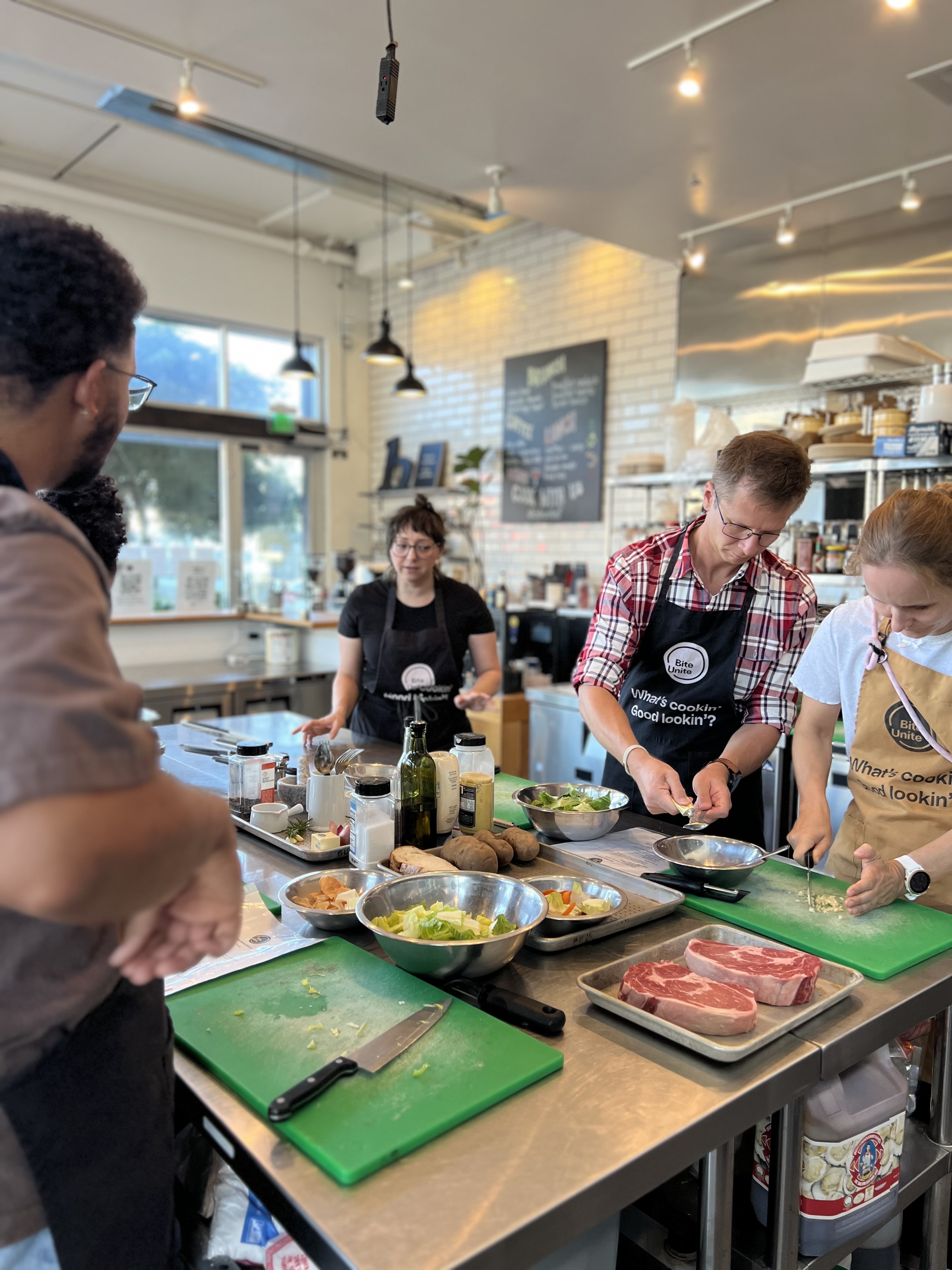
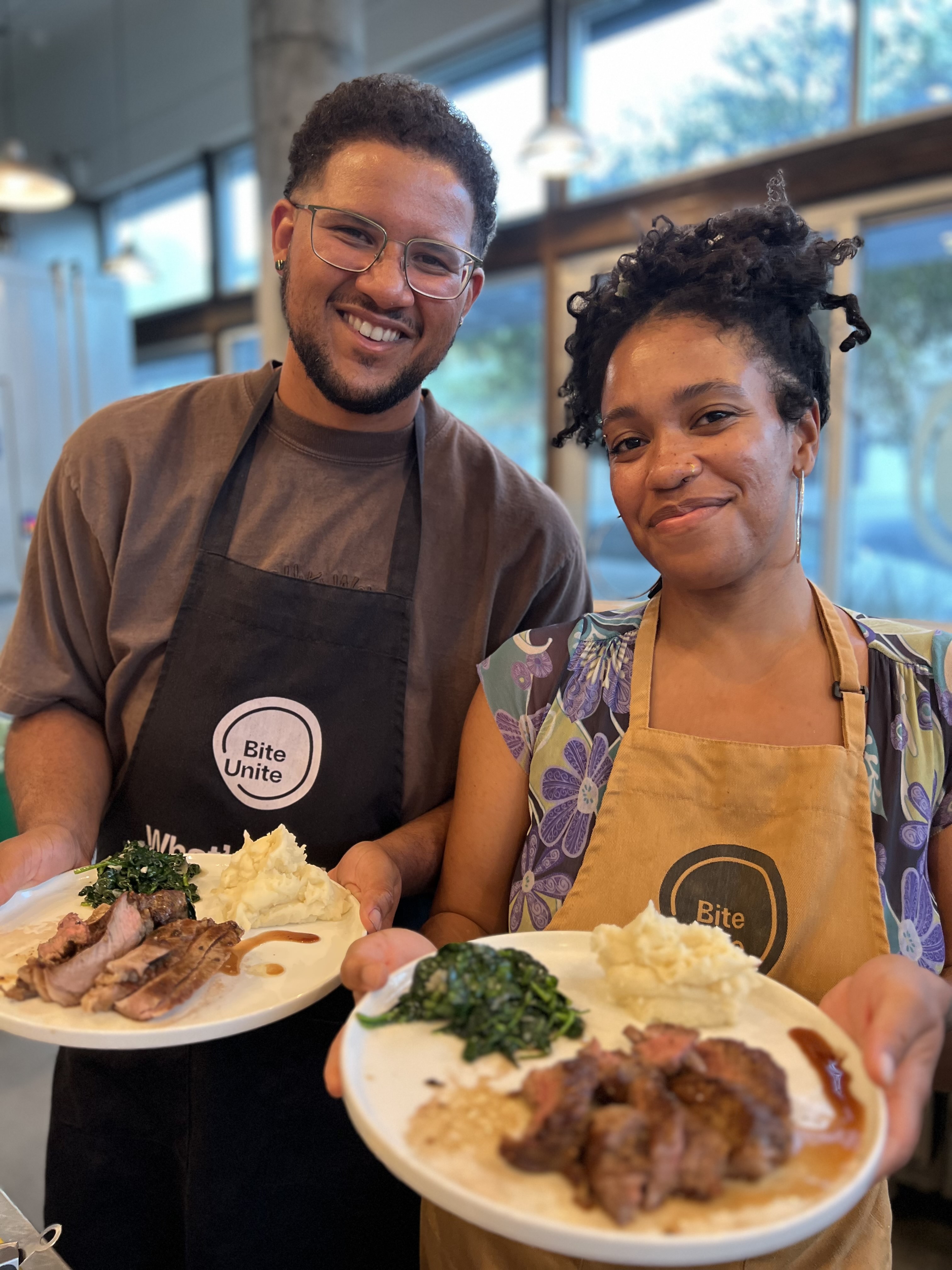
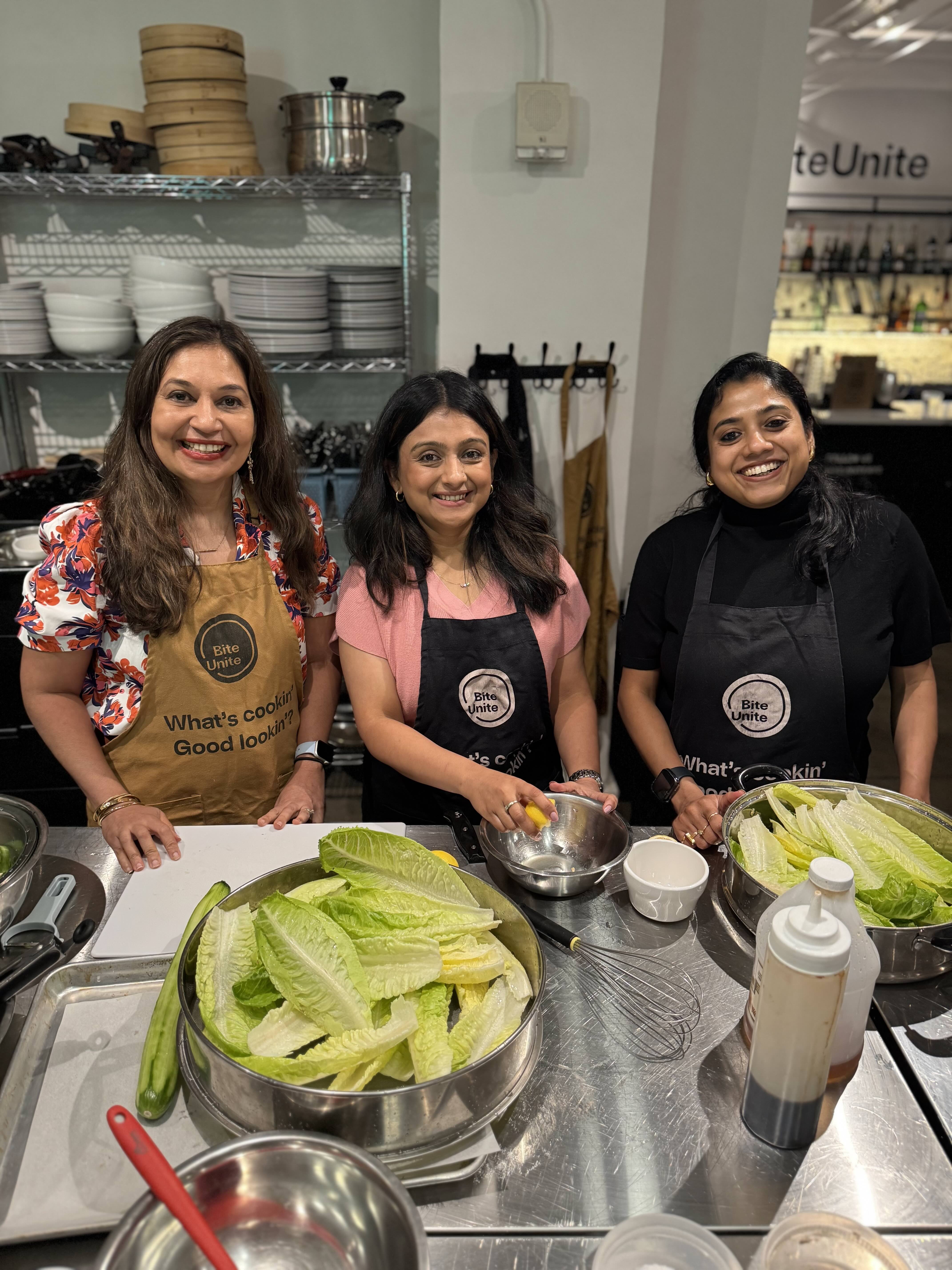



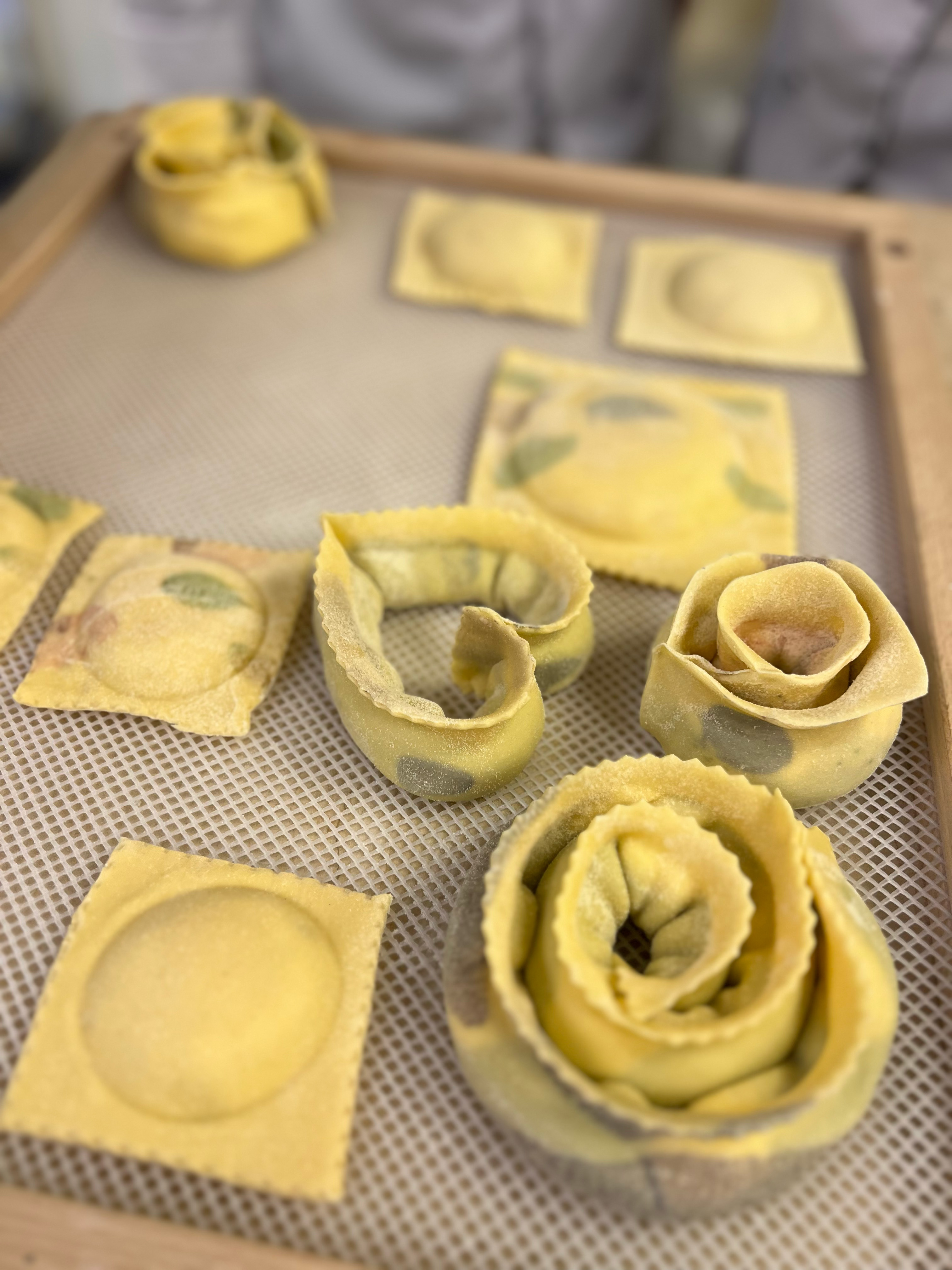
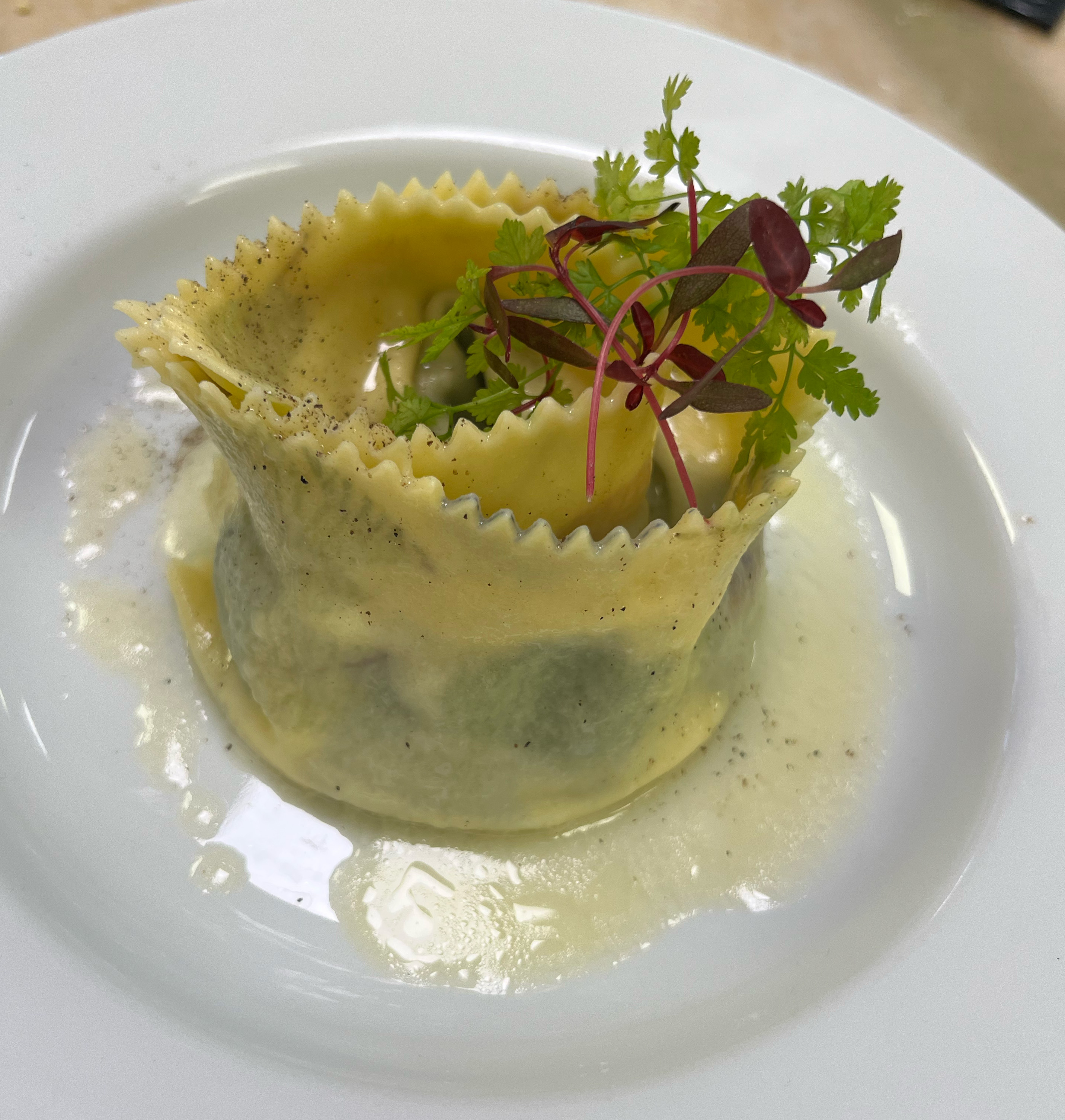

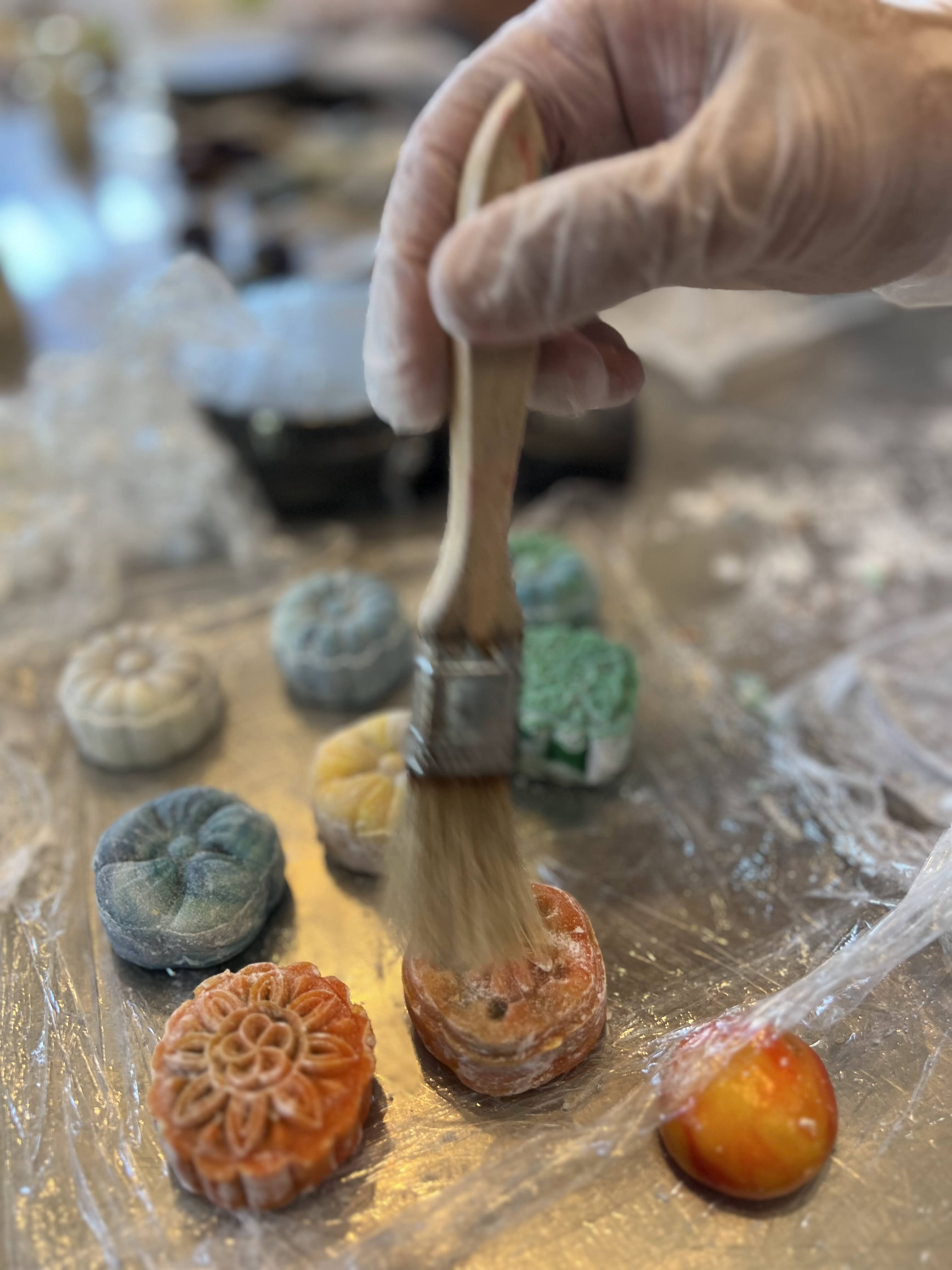

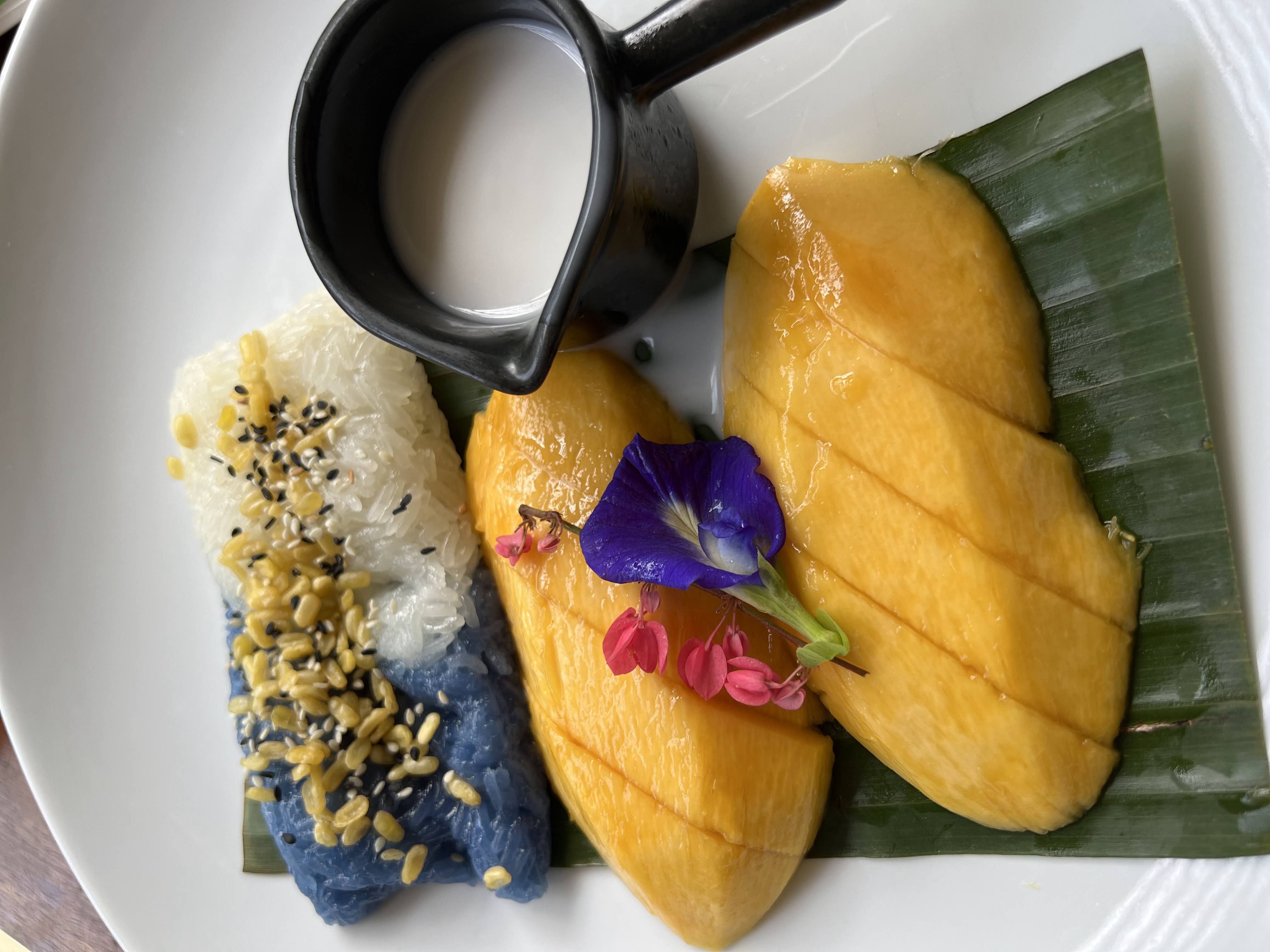
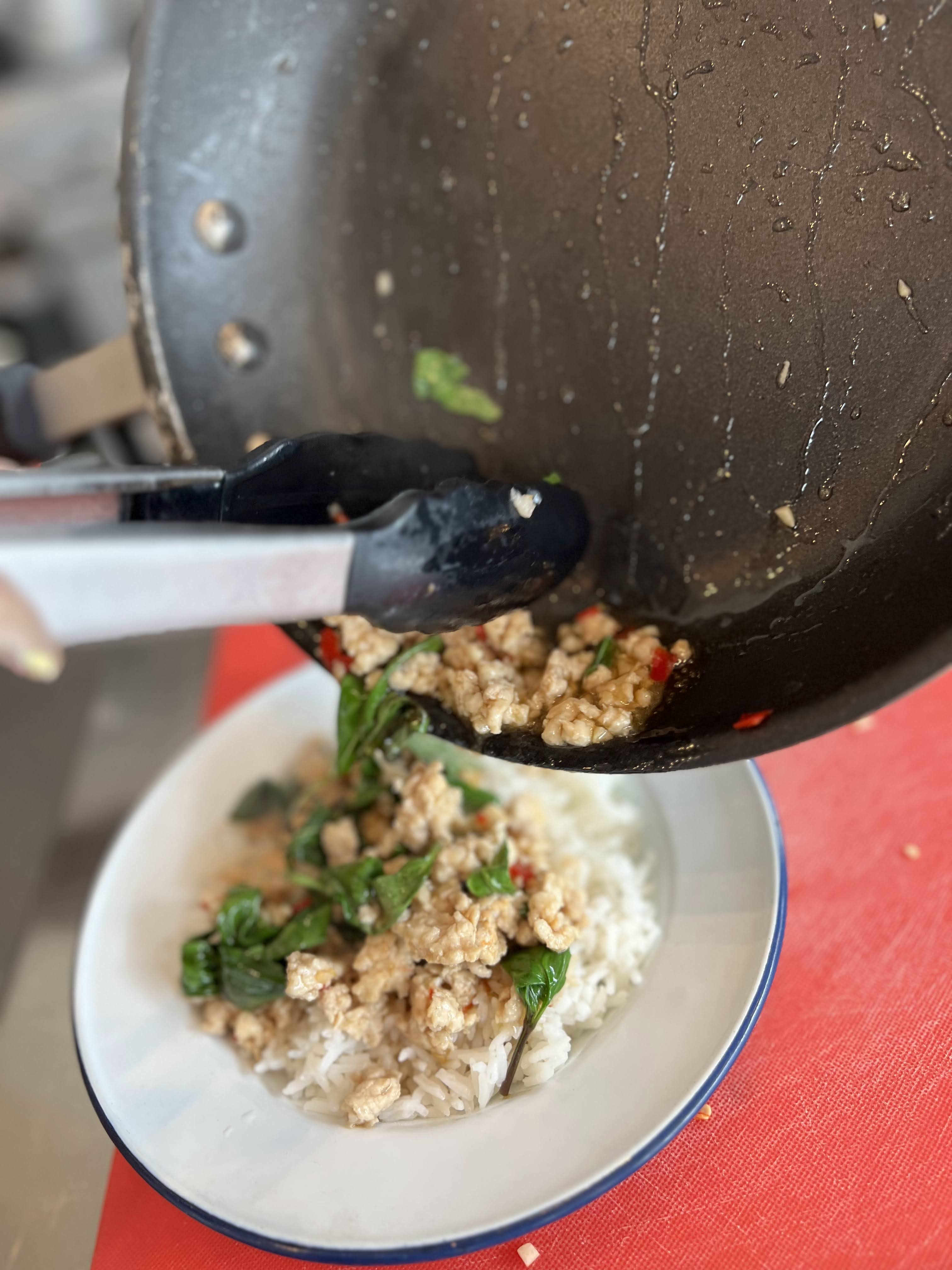
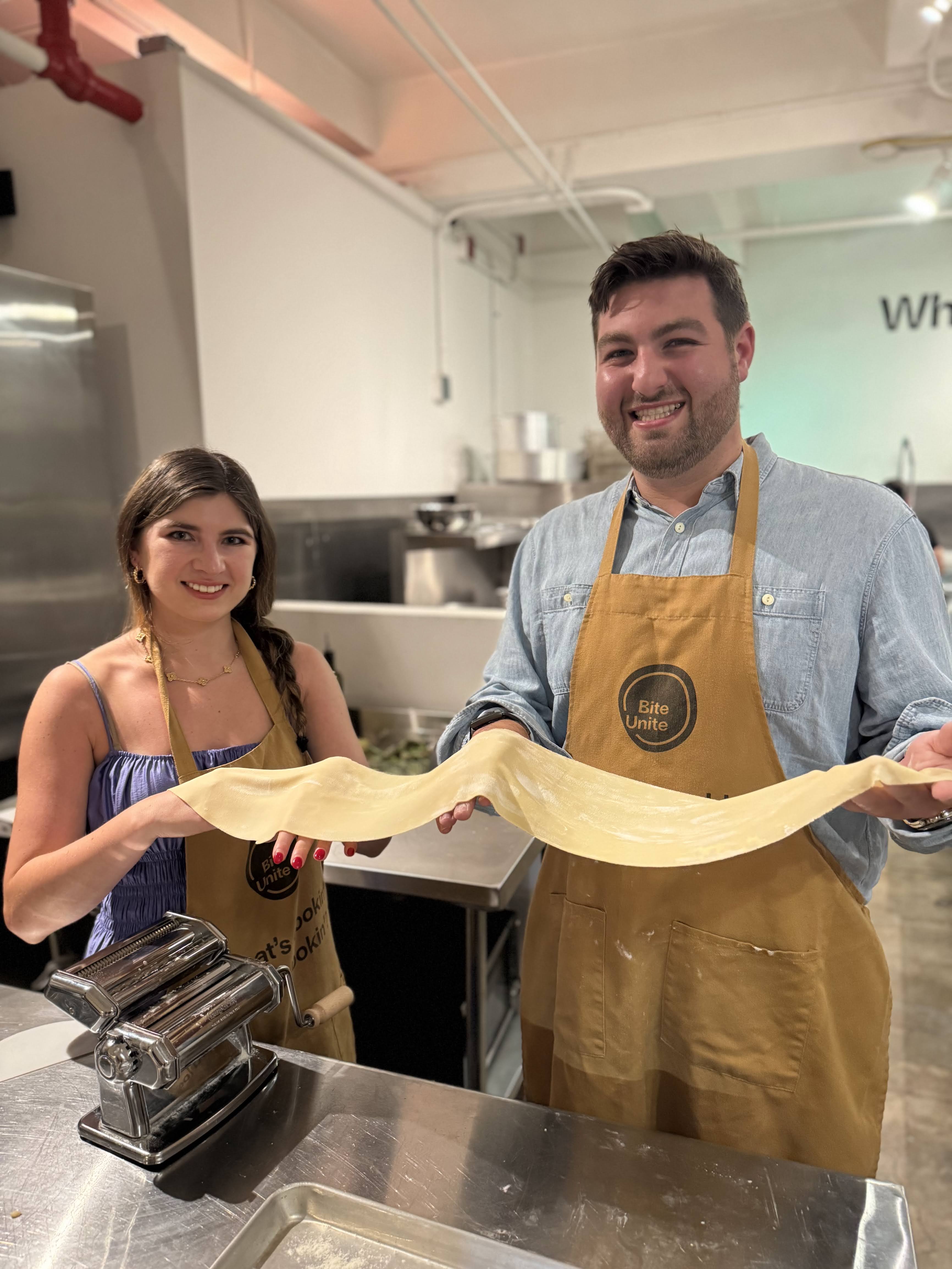
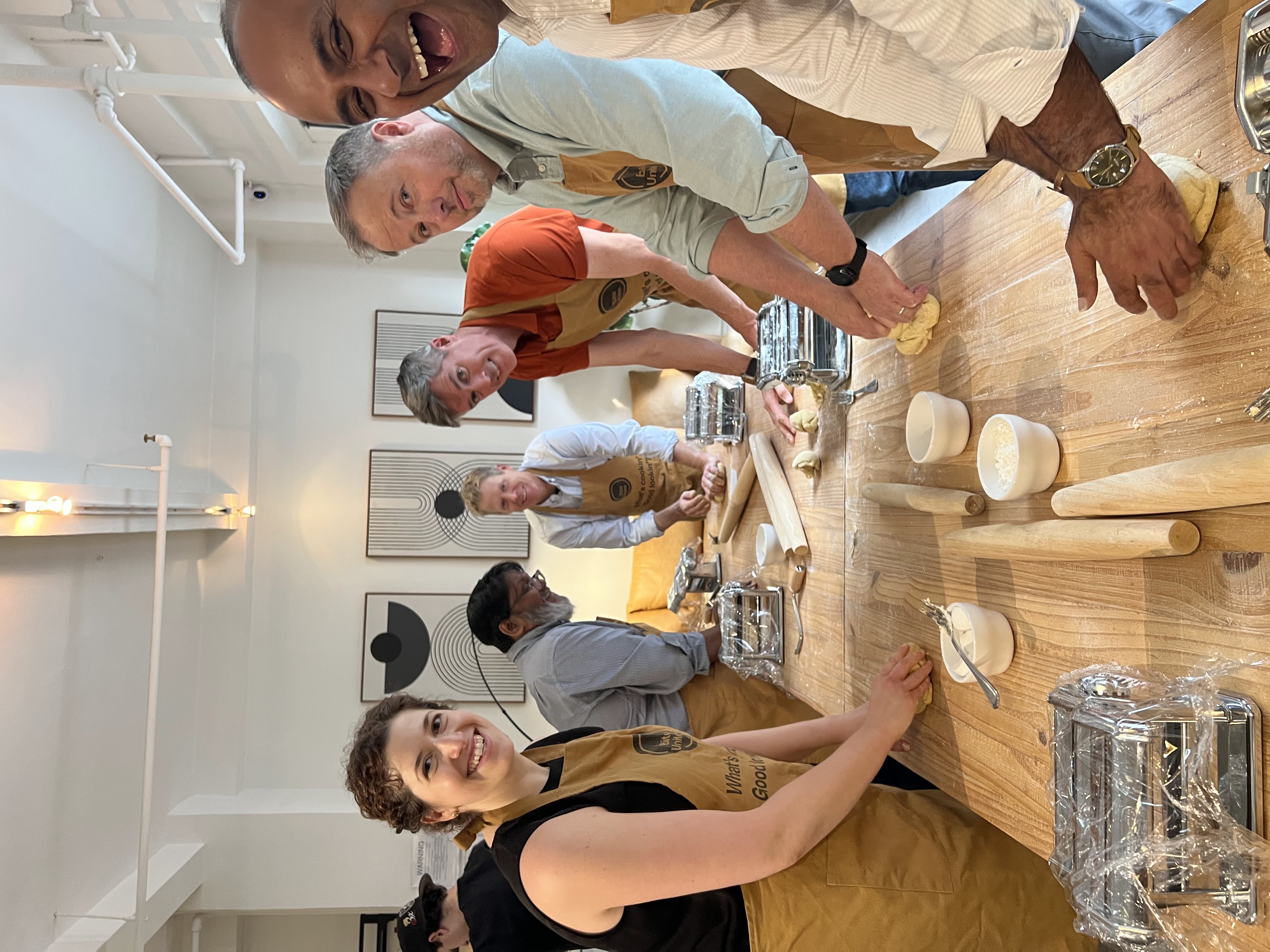
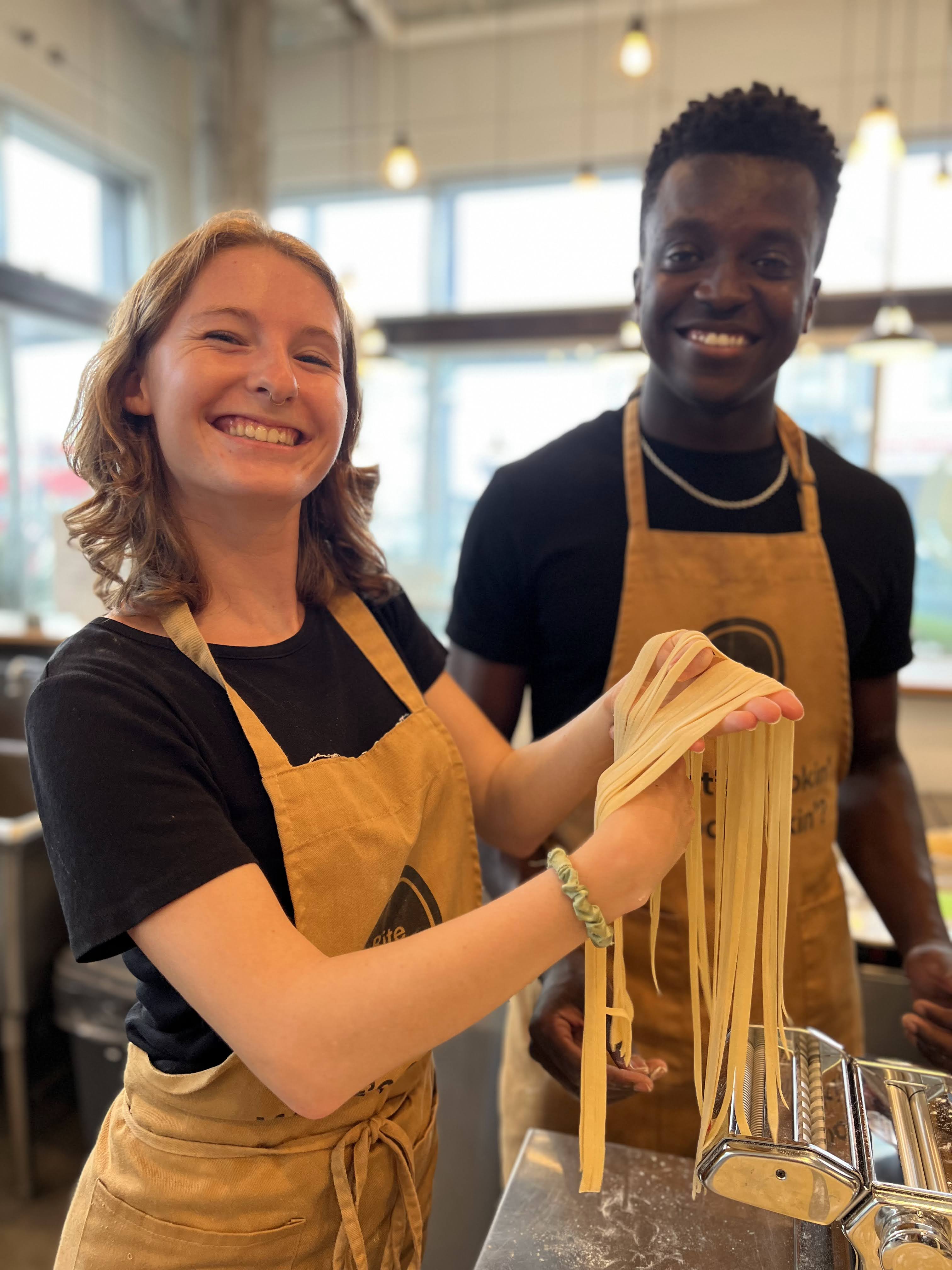
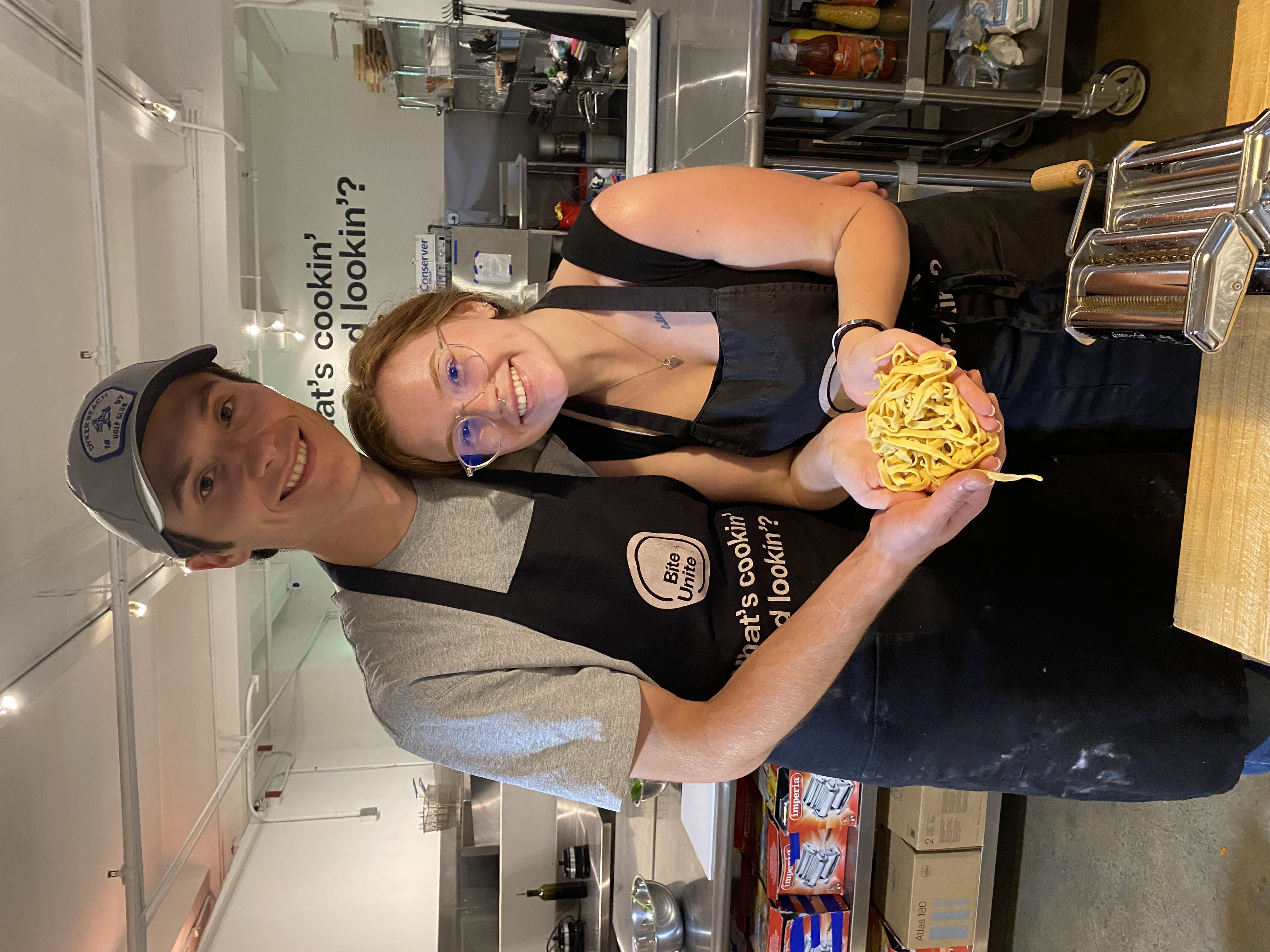
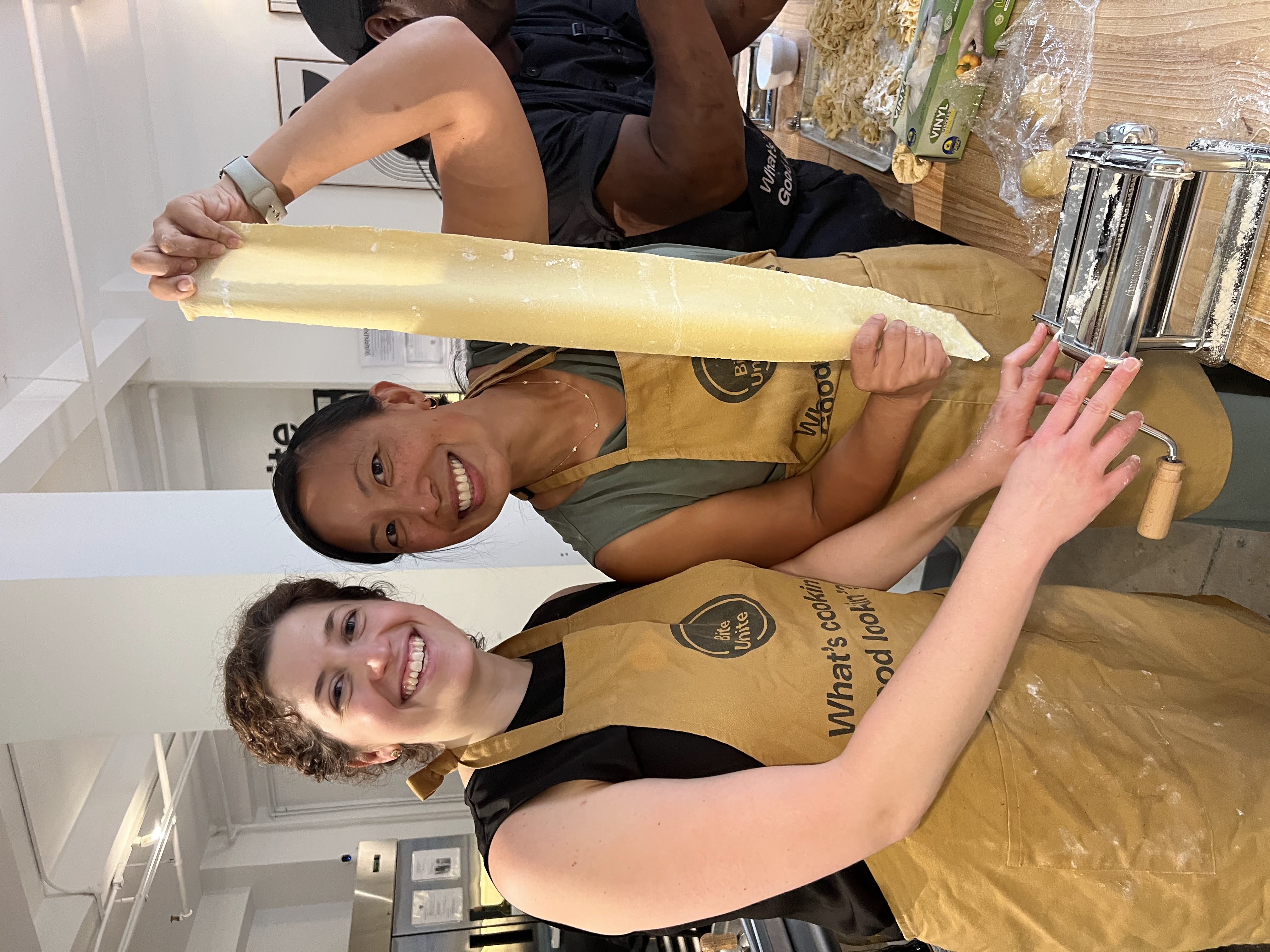
.jpg)
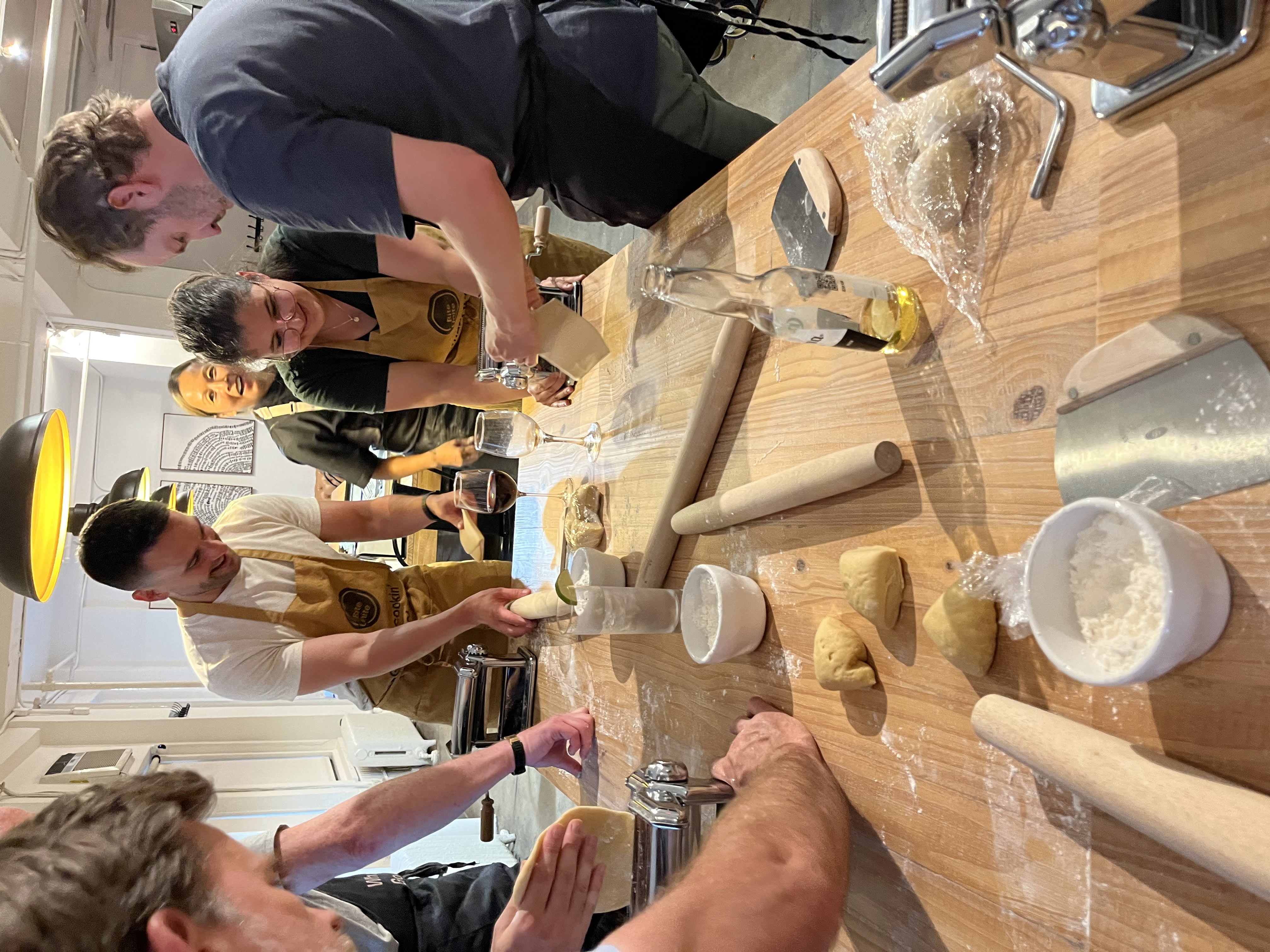
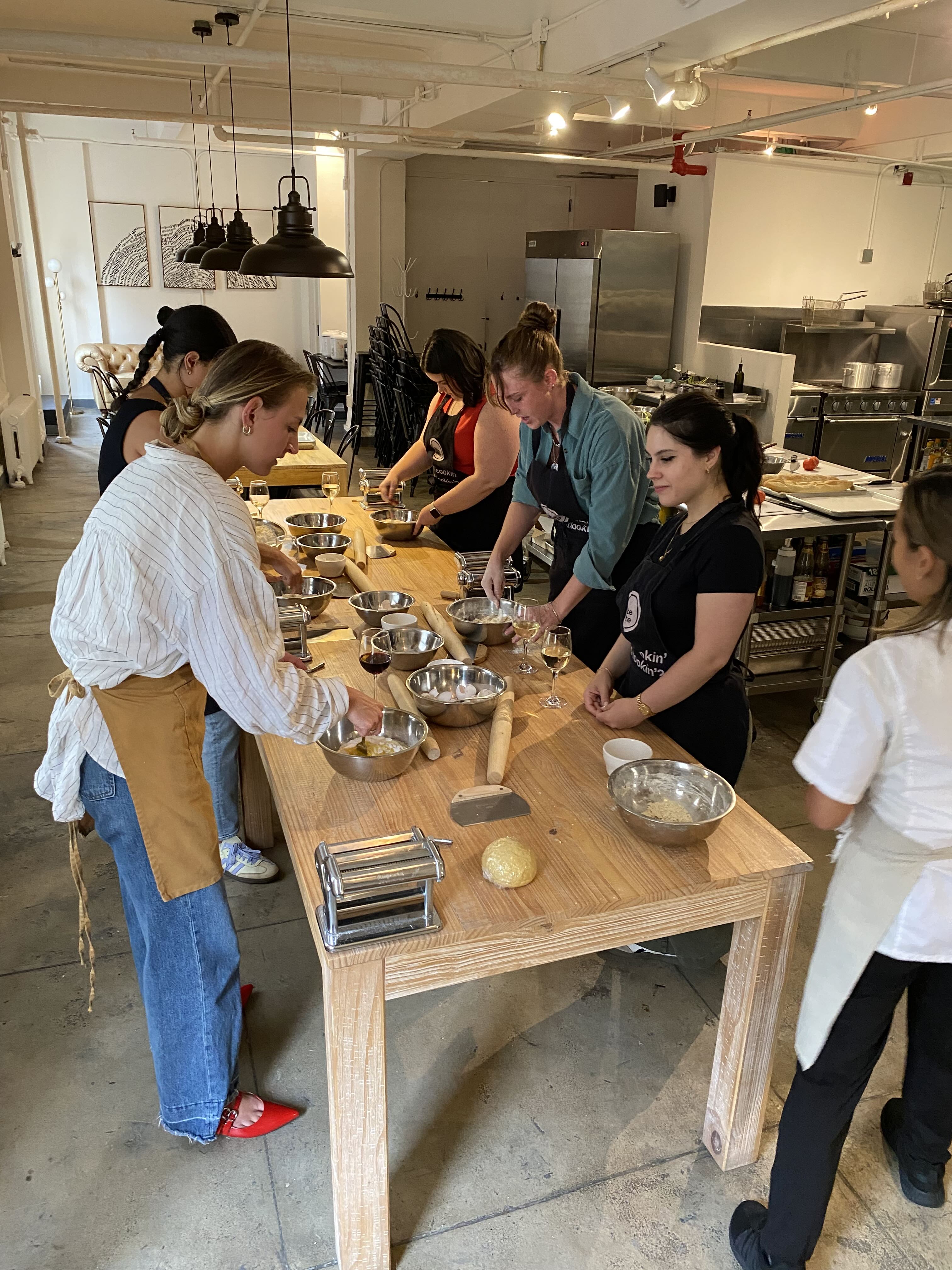
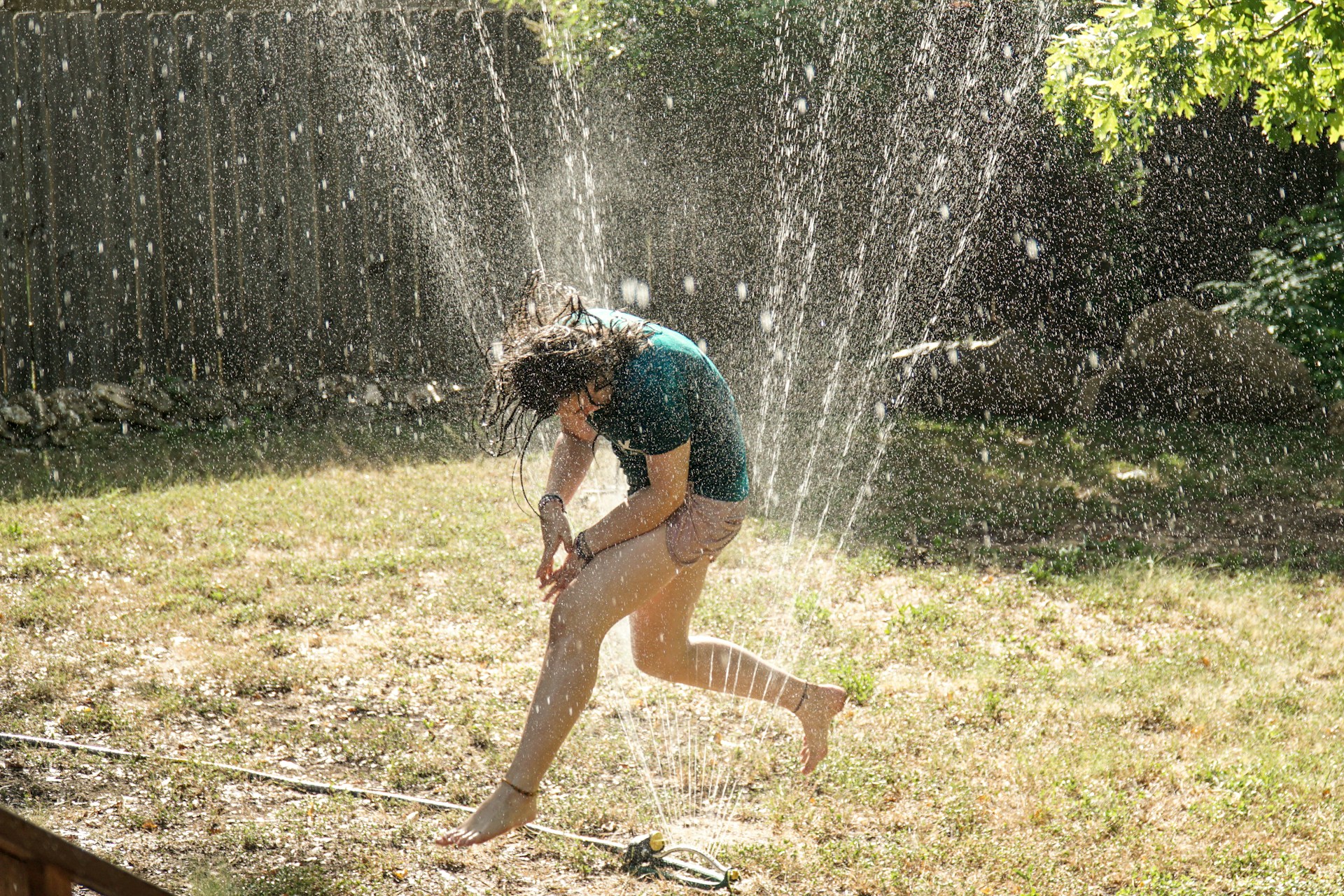


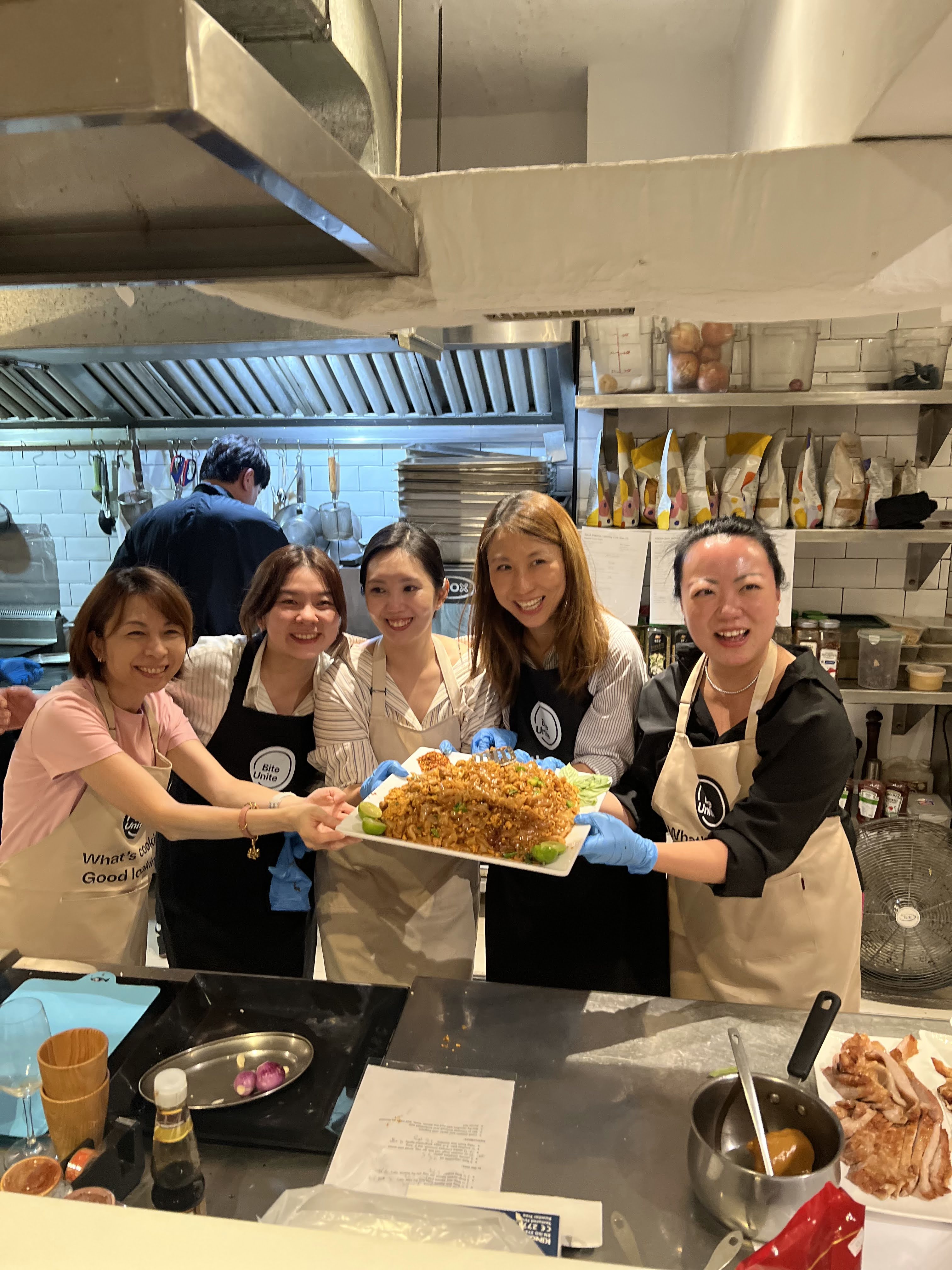
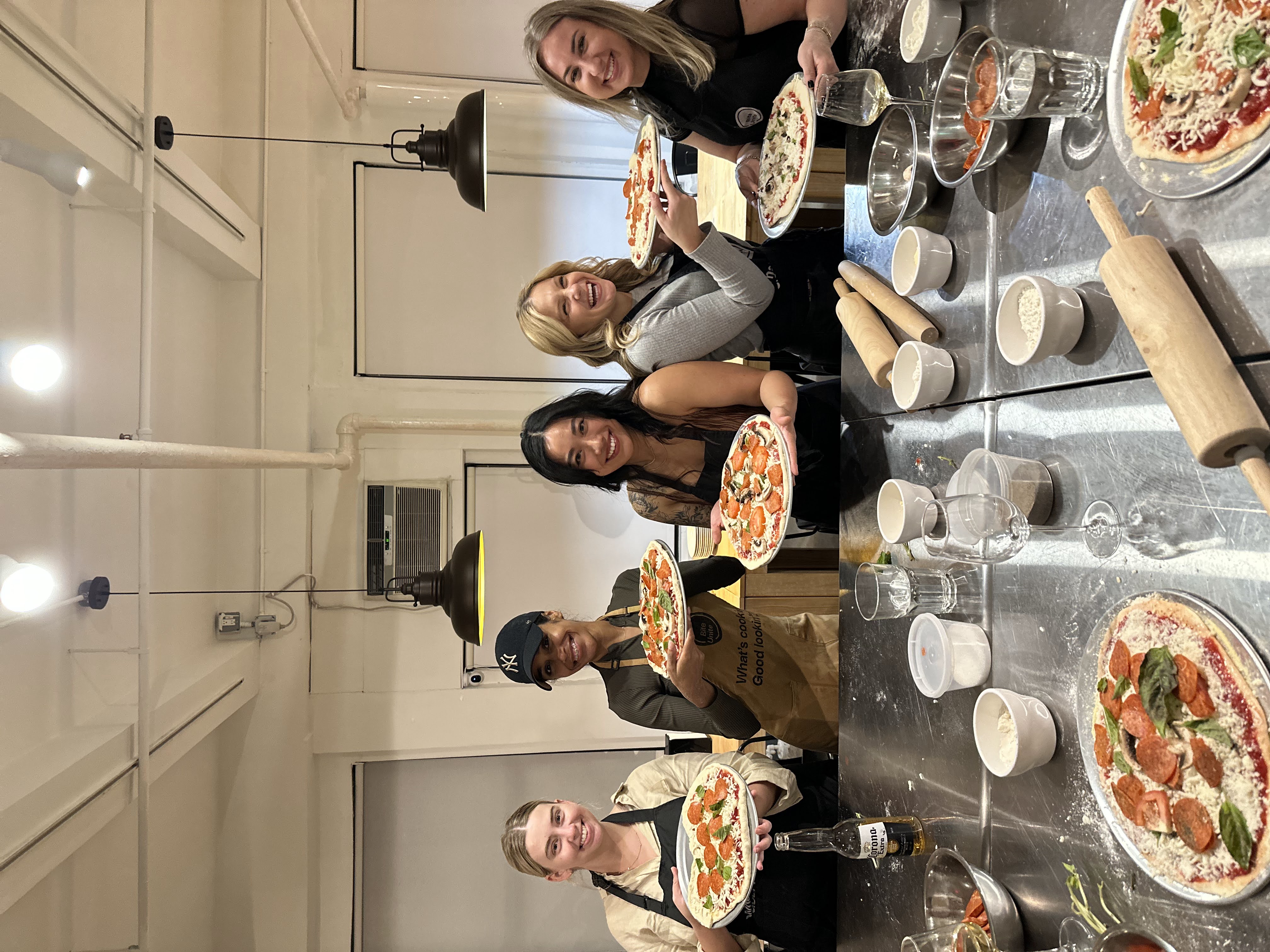

.jpg)


.JPG)

.jpg)















.webp)

























